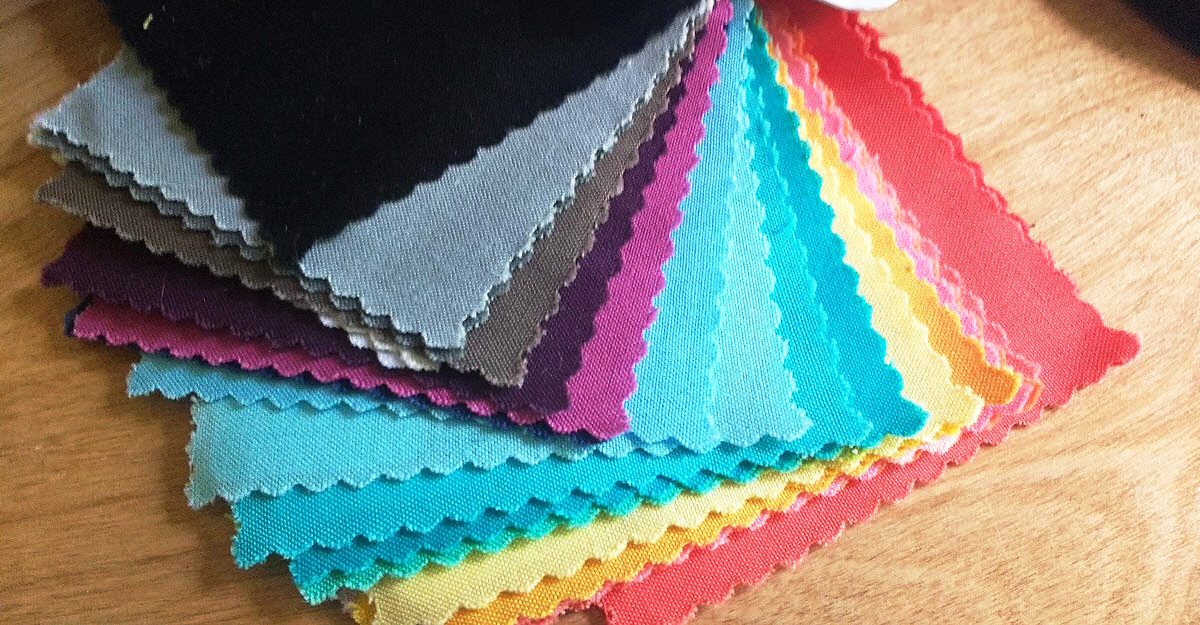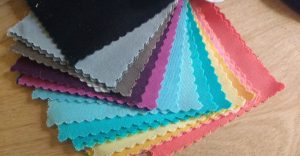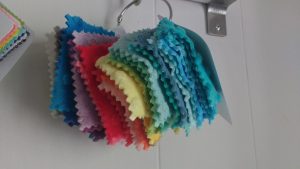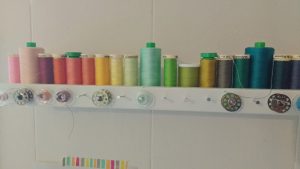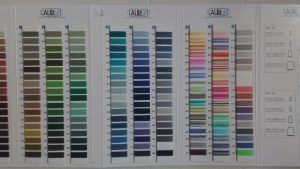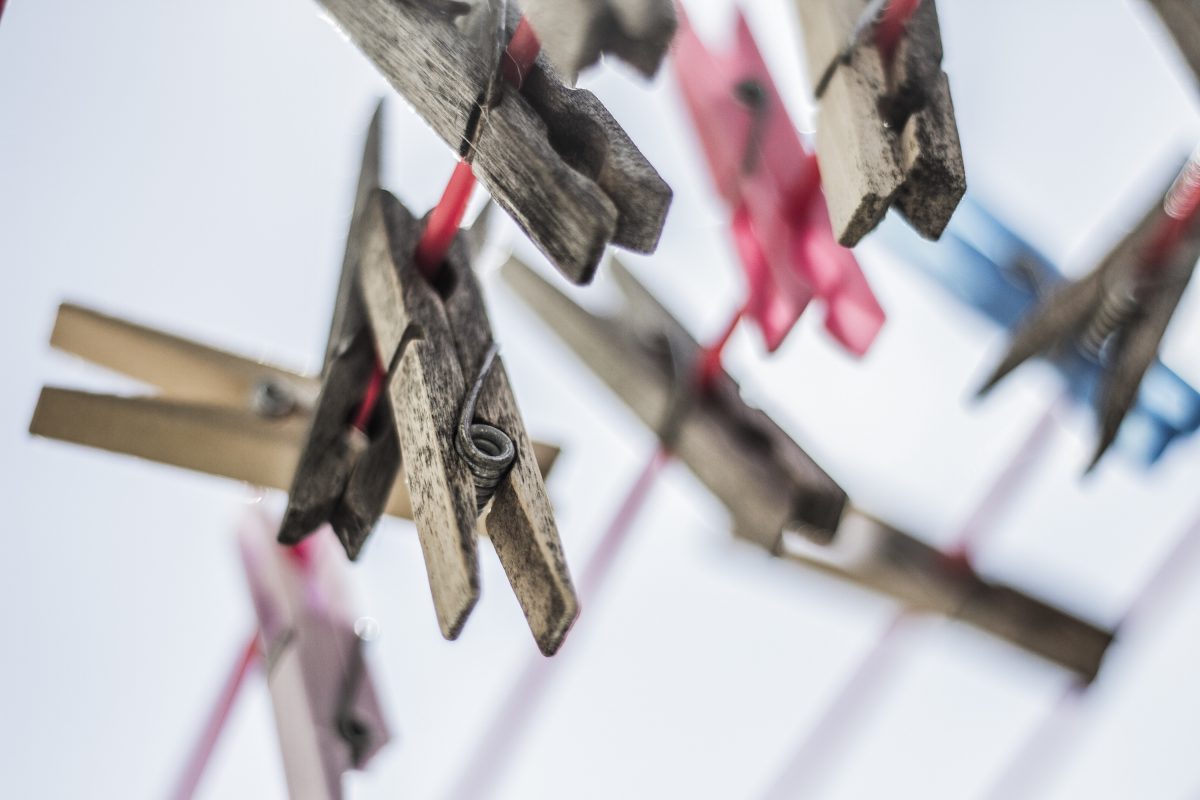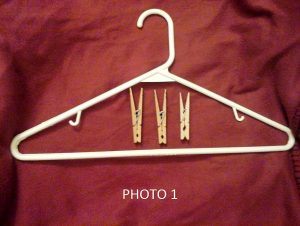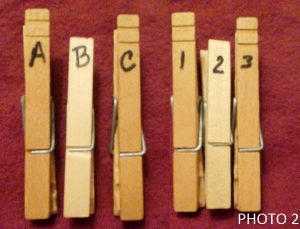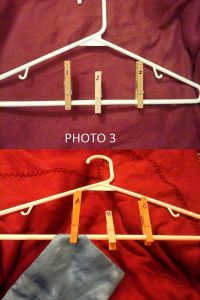Location is everything
If you haven’t considered keeping samples of the fabrics and threads you work with on a frequent basis, I’m here for advocating that you start. I live in Mammoth Lakes, California, which is a small, out of the way town at 8,000ft altitude in the Eastern Sierra Mountains. The nearest sewing/fabric stores to me are a one hour drive south in Bishop, California. And If I want the convenience of larger, more well-known establishments, I have to drive 2.5 hours north to Carson City, Nevada. Needless to say, I do a lot of shopping online. This is my first argument for keeping a collection of samples in your sewing space. If you can’t readily get to a store, then being able to look at what you need and order online is a life saver.
Make exactly what they want
Sample swatches and cards are helpful for showing to both customers and friends and family that you may be sewing for. I try to never sew gifts as surprises. Sometimes I break this rule when I’m fairly certain the gift recipient will like what I’m making, but usually I don’t chance it. Why spend time and money on a handmade gift that someone may not like? I use my sample swatches of minky, for example, when I make gifts for my daughters or their friends. The kids can touch and feel the fabric, read the names of each color, and fall in love with the gift before it’s even finished.
How does it feel?
Speaking of feeling, many sewists I know don’t like to order fabric online because they like to feel the fabric in the store before buying. I understand where they’re coming from, but usually have to order online. Because of this, I’ve ordered samples of the brand of solids I like to use (Hawthorne Threads) because I already know how their fabric feels, looks, and washes. If you have a brand you love, look into getting sample cards or even buying charm packs of a line of fabric that you tend to buy over and over.
Samples versus supplies
A supply can be a sample, but a sample can’t be a supply. I keep a lot of supplies on hand in my fabric stash and my thread wall and I often will check my supplies to see if they will work in an upcoming project as well. I can’t, however, keep EVERY color of thread on hand, nor can I buy ALL THE FABRIC, like I want to. When the colors I don’t already have on hand won’t work, then I turn to my thread sample card to see what I need to order.

